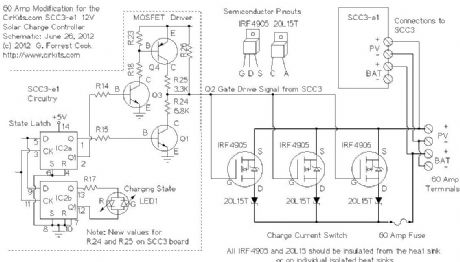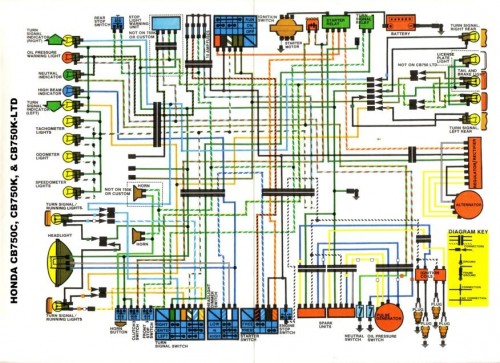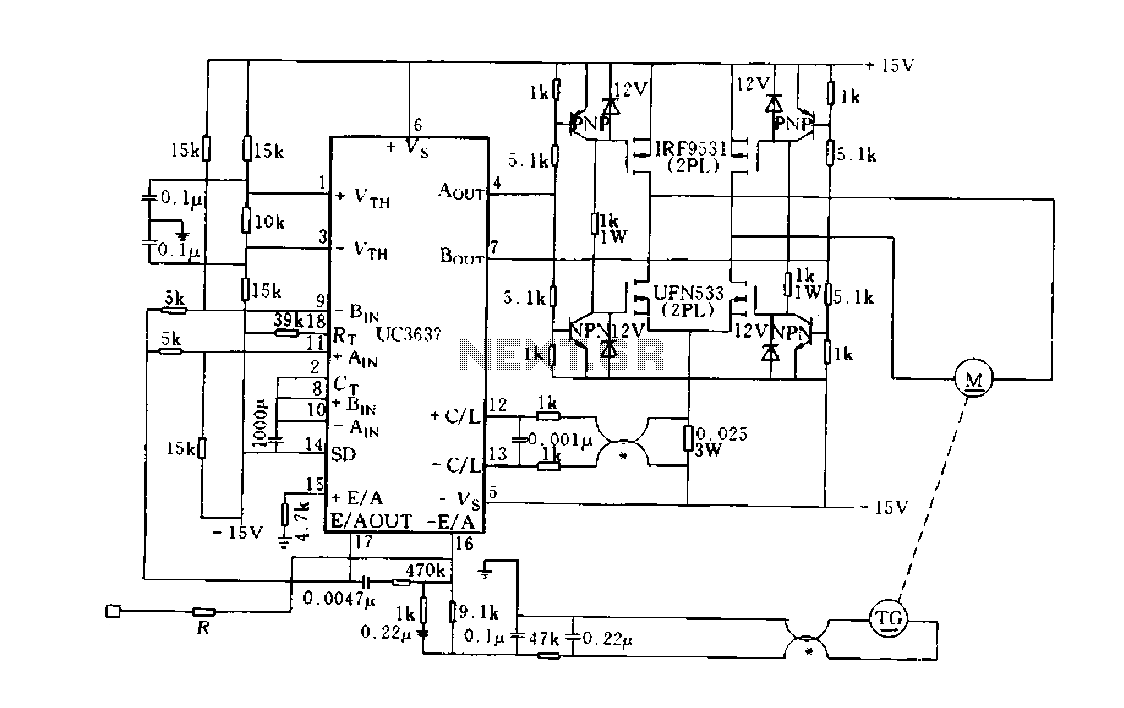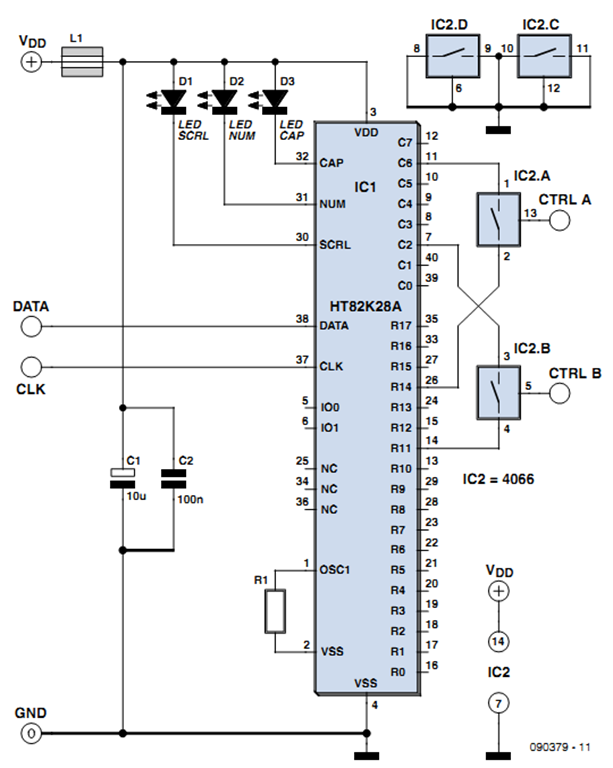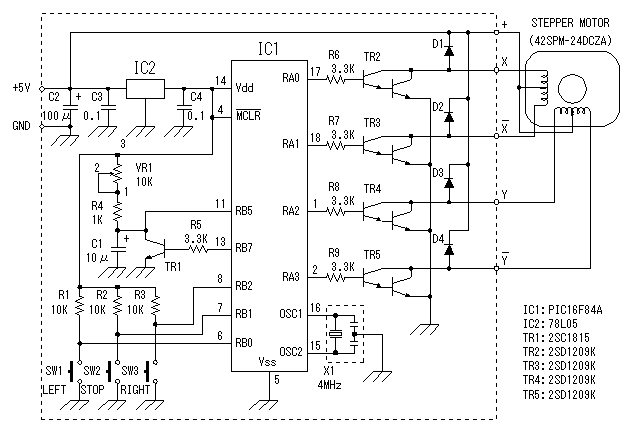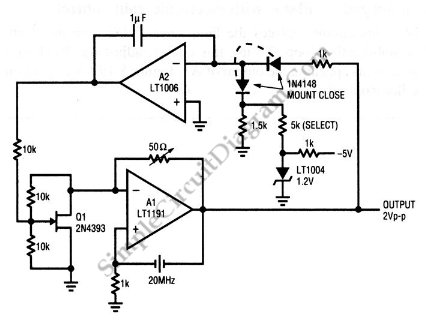
DC Motor Control
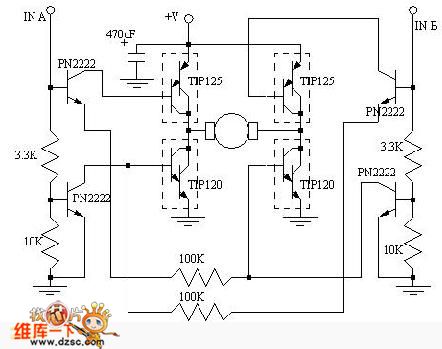
Regarding the DC motor control problem, this circuit is intended to assist individuals with specific requirements. The circuit's functions for co-rotation, rollback, deceleration, and stopping can be managed by the connected microcontroller unit (MCU).
The DC motor control circuit is designed to provide precise control over the operation of a DC motor, enabling various functionalities such as forward rotation, reverse rotation, gradual slowing, and complete stopping. The circuit typically comprises a microcontroller unit (MCU) that interfaces with the motor driver, which is responsible for supplying the appropriate voltage and current to the motor based on the control signals received from the MCU.
The MCU can be programmed to execute specific control algorithms that determine the motor's behavior in response to user inputs or sensor feedback. For instance, pulse-width modulation (PWM) can be employed to regulate the speed of the motor by varying the duty cycle of the signals sent to the motor driver. This allows for smooth acceleration and deceleration, enhancing the overall performance of the motor control system.
The circuit may include additional components such as limit switches or encoders to provide feedback on the motor's position or speed, enabling closed-loop control. This feedback can be processed by the MCU to make real-time adjustments to the motor's operation, ensuring accurate positioning and speed control.
Power supply considerations are also crucial in the design of the circuit. The voltage and current ratings of the motor should be matched with the specifications of the motor driver and the power supply to prevent damage and ensure reliable operation.
In summary, this DC motor control circuit serves as a versatile solution for various applications requiring precise motor control, enabling functionalities such as co-rotation, rollback, slowing, and stopping, all managed efficiently by an MCU.Aboutthe DC motor control problem, This circuit is hoped to help those people who have the actual needs. This circuit`s corotation, rollback, slowing and stopping functions can be controlled by the connected MCU..
🔗 External reference
The DC motor control circuit is designed to provide precise control over the operation of a DC motor, enabling various functionalities such as forward rotation, reverse rotation, gradual slowing, and complete stopping. The circuit typically comprises a microcontroller unit (MCU) that interfaces with the motor driver, which is responsible for supplying the appropriate voltage and current to the motor based on the control signals received from the MCU.
The MCU can be programmed to execute specific control algorithms that determine the motor's behavior in response to user inputs or sensor feedback. For instance, pulse-width modulation (PWM) can be employed to regulate the speed of the motor by varying the duty cycle of the signals sent to the motor driver. This allows for smooth acceleration and deceleration, enhancing the overall performance of the motor control system.
The circuit may include additional components such as limit switches or encoders to provide feedback on the motor's position or speed, enabling closed-loop control. This feedback can be processed by the MCU to make real-time adjustments to the motor's operation, ensuring accurate positioning and speed control.
Power supply considerations are also crucial in the design of the circuit. The voltage and current ratings of the motor should be matched with the specifications of the motor driver and the power supply to prevent damage and ensure reliable operation.
In summary, this DC motor control circuit serves as a versatile solution for various applications requiring precise motor control, enabling functionalities such as co-rotation, rollback, slowing, and stopping, all managed efficiently by an MCU.Aboutthe DC motor control problem, This circuit is hoped to help those people who have the actual needs. This circuit`s corotation, rollback, slowing and stopping functions can be controlled by the connected MCU..
🔗 External reference
